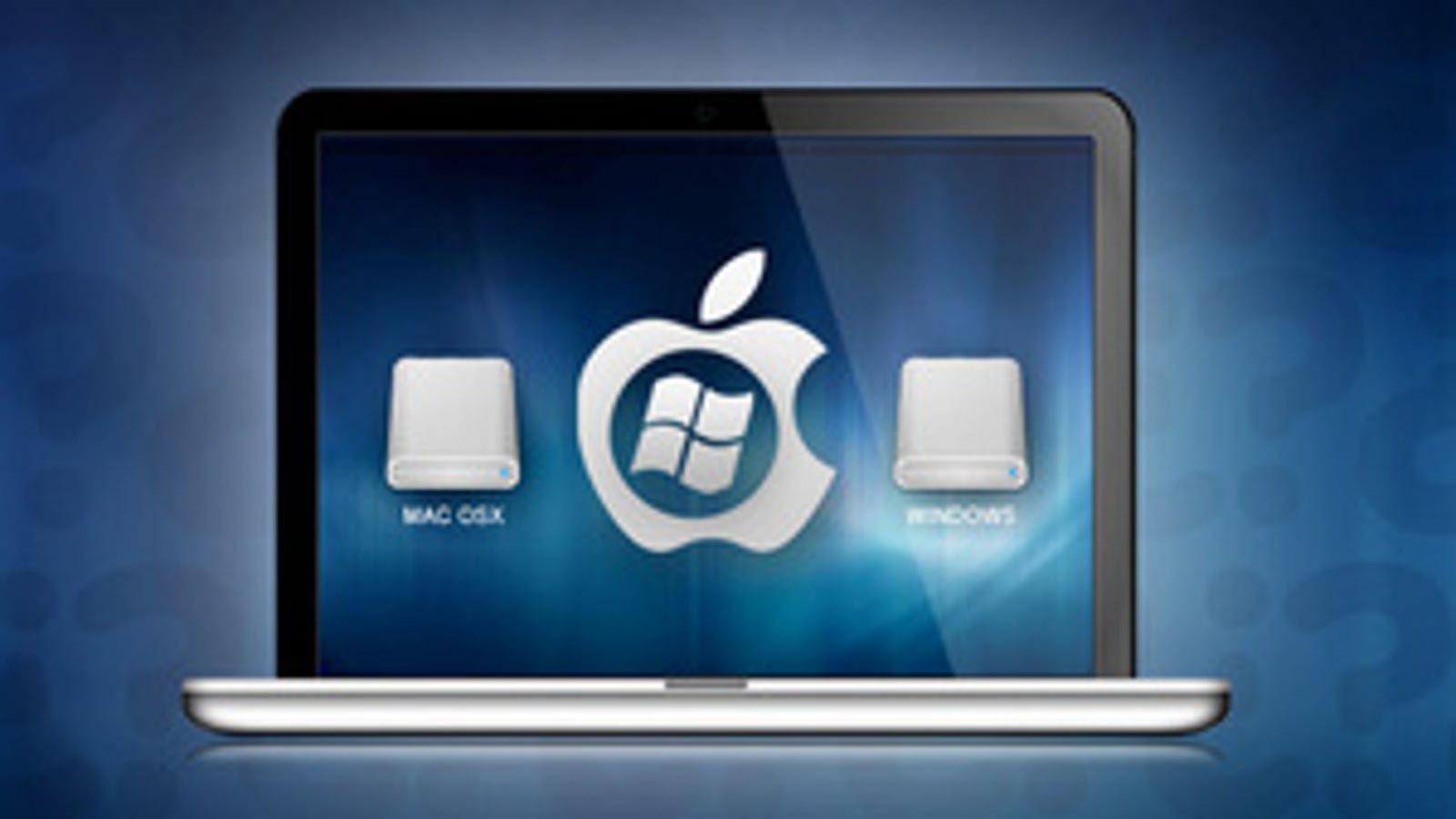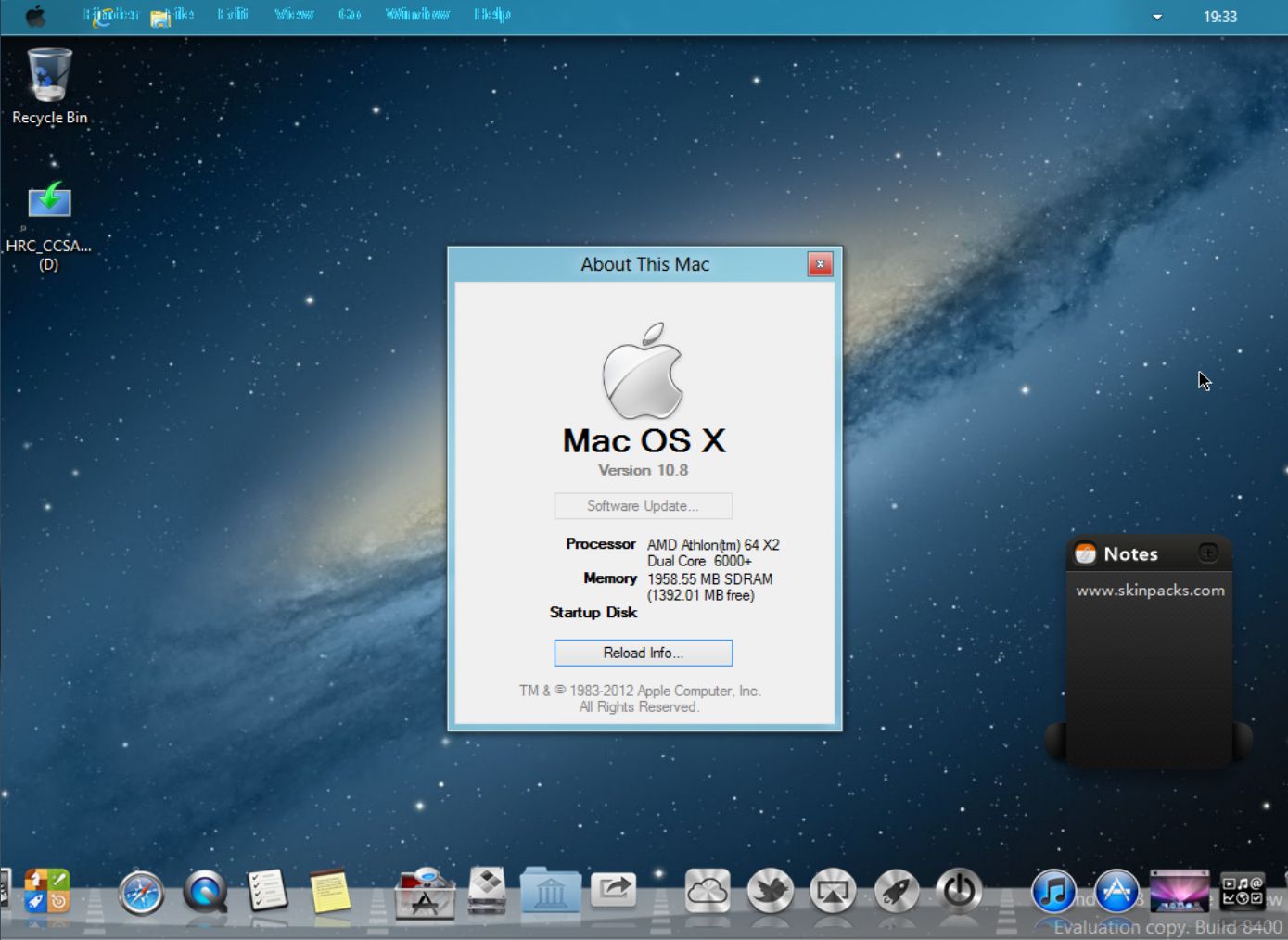Having a Mac means you can run almost any operating system. This is a major advantage when compared to a PC, which cannot run macOS, for example. But why would you even want install Windows on a Mac? Are there any benefits or drawbacks of having the operating system on board sitting alongside macOS? Well as it happens there are plenty of reasons why you might want to install a different operating system, but there are some things you'll need to know first.
The Advantages of Having Windows on a Mac
Windows 10 Home starts at about $120, and the Pro version costs about $200. However, both are still cheaper than trying to buy an entirely new computer just to run a few of your favorite things. Running Windows 10 on MacBook Pro. Once you have a copy of Windows 10 in your possession, it's time to pick a method for installation. When the Windows installer completes, your Mac loads Windows 10, followed by the Boot Camp Assistant. Click Next Install, and Boot Camp Assistant begins downloading and installing the necessary. Four ways to run Windows 10 on your Mac. People are buying new Macs at the rate of around 4 to 5 million every quarter, but it seems that many users still can't make a total break from Windows. Running Windows and Windows apps on a Mac can be challenging. Finding the right method for you and your needs can be equally as challenging; however, if you think about it, there are a number of ways to run Windows on a Mac.
Let's face it, after making the switch to Apple the only reason why someone would install Windows on a Mac is for the specialty software, the programs where the only supporting platform is Windows. If these such tools are being used to get a certain job done, then it is a no-brainer to have them installed on the work machine. Or perhaps there's an addictive game that's only available on Windows, so the reasons for installing the OS can vary.
Having this platform on the Mac brings several benefits:
- Cuts down IT costs. Users don't need to invest in another computer just to run Windows.
- Eliminates the need to switch from one computer to another.
- Helps the user get the job done while still using familiar hardware, in this case the Mac.
The Downsides of Windows on a Mac
What nobody wants to discuss, however, are the downsides of having a secondary operating system on a Mac. The biggest of these is the associated costs that need to be considered when hoping to run Windows on macOS.
Although running Windows on a Mac eliminates further hardware costs, you will still need to buy a Windows license. Now, such a license starts at $119.99 for Windows 10 Home and can go up to $309.00 for Windows 10 Pro for Workstations.
But once you have a Windows license you will still need to choose a way of installing Windows on a Mac. Depending on the solution chosen, this could add up to $150 in additional license costs since virtual machine software can come with its own fees. Of course, there are ways to eliminate that cost by using Boot Camp or VirtualBox, both of which are free solutions to this problem. But like with any freeware, they each have their own benefits and downsides.
If you pick Boot Camp, then it's perfectly fine – the most authentic Windows experience will be yours. But at the same time, you will need to sacrifice storage space on the limited capacity startup disk, which with Boot Camp is a minimum of 40GB. But while virtual machines are more flexible, the required storage can grow exponentially as you continue to use Windows.
Other Solutions for Running Windows Apps on a Mac


Fortunately, there is a way to address the overhead that installing Windows can generate: bottler software. This program acts like an interpreter on a Mac and allows users to run specific Windows apps without the storage cost of installing a Windows environment. These apps translate the Windows command into something a Mac can understand but aren't as widespread as virtual machines since they only support a handful of Windows programs (for example, CrossOver Mac supports 15,000 different apps) and their performance is inferior to VMs.
Run Windows On Mac With Bootcamp
Instead of installing a bottler app or virtual machine, Mac users can install Microsoft's Remote Desktop app. However, this requires a connection to another PC that already has Windows installed and allows remote access.
Potential Issues When Running Windows on a Mac
Apple's macOS has utilities built-in to protect user data – XProtect, Gatekeeper, and the like – but when you run a guest operating system on a Mac you are exposing the partition used for storing that OS to viruses and malware targeting it. This applies to Windows, so it is highly recommended to install antivirus software.
Run Windows On Mac Download
While Windows viruses cannot infect macOS files, what happens is that the Mac becomes a host to the viruses and is able to infect PCs that are connected to the network. Also, in some cases, if a virtual machine running Windows gets infected, it may potentially render the content of the shared folders useless.
